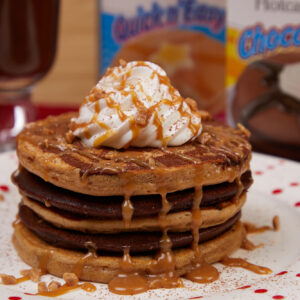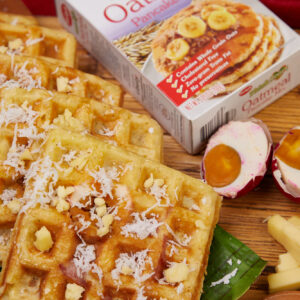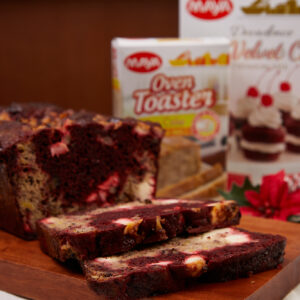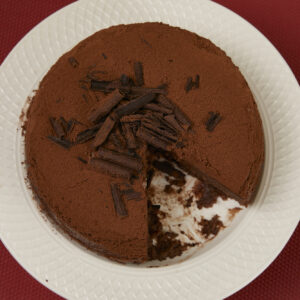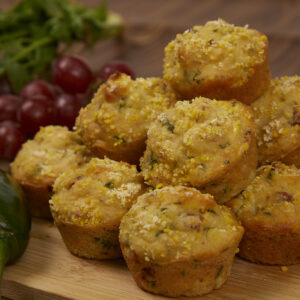Why do we mix dry ingredients separately from wet ingredients? Can’t we just throw all the ingredients into one big bowl, and mix everything together?
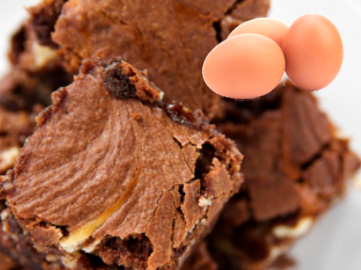
Well, to be strict about it, “No.” A cake is basically a science experiment — a combination of ingredients, mixed in a specific order, which causes reactions that produce certain effects.
The main objectives of mixing batters and doughs are:
- Uniform distribution of ingredients — By mixing dry and wet ingredients separately, you ensure that the other ingredients like baking powder, baking soda, salt, etc… get distributed evenly with the flour. Once combined with the wet ingredients, the flour will then be able to absorb the liquid easier and more uniformly, without the flour becoming over-worked. Failure to do this properly results in cakes that are drier than usual.
- Minimum loss of the leavening agent — Eggs / egg whites are added last to prevent air bubbles from being knocked out by excess stirring. You need those bubbles to expand and make the cake rise.
- Optimum blending — The texture of your cake depends on how you mix your ingredients. If you want a tougher cake, mix the flour and all the liquids together, then add the dry ingredients afterwards. If you want a tender cake, the flour has to be coated with fat before liquids are added. To do this, mix the dry ingredients first, incorporate the solid fat next, then finally, add liquids.
- Development or prevention of gluten — Mixing, like kneading, promotes gluten. You want to get your ingredients all mixed as much as possible before you get the flour wet and it starts to develop the gluten. As soon as it does, you want to be doing the least possible mixing to incorporate the ingredients. You also want to use the batter quickly. The longer you mix, the more gluten is created, making the cake drier.
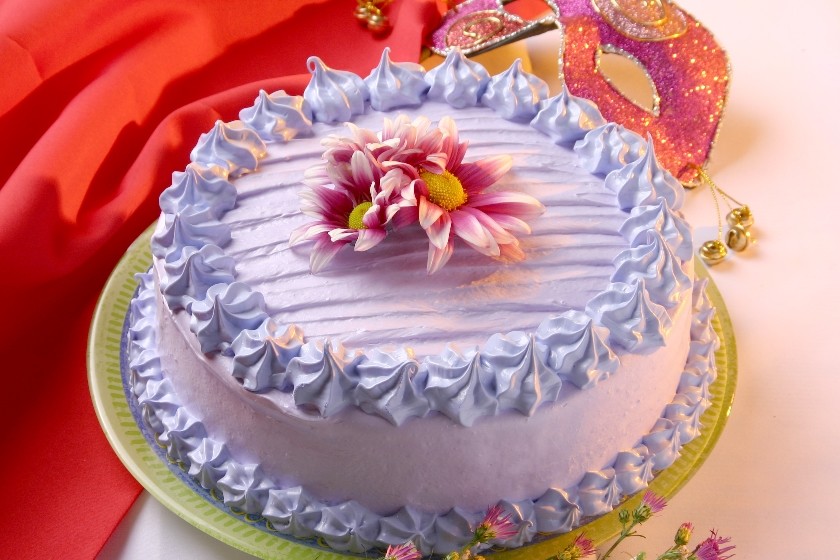
Purple Cake recipe from The Maya Kitchen
There are different ways to mix a cake, depending on how you want your cake to be.
- Dense cake — In the oven, your cake batter reacts with the other ingredients releasing carbon dioxide. These carbon dioxide bubbles are trapped in the batter, making your cake lighter and softer. If you mix in the baking powder with your liquids and leave it for a while, or worse, keep mixing, these bubbles will escape, losing all that potential carbon dioxide. Your cake will come out dense.
- Light cake — Sponge and Chiffon Cakes get their foamlike textures when eggs are whipped until voluminous, then folded into the batter. The air incorporated by whipping the eggs gives these cakes volume, making them springy and elastic.
- Standard cake —Most cakes get their soft, fine texture and moistness by first creaming together fat and sugar, adding eggs, and slowly incorporating dry ingredients while alternating with a liquid, such as milk. Examples of this are butter cakes, pound cakes and layer cakes.
To summarize: Whatever cake you’re baking, follow the recipe instructions completely. How you mix, in what order, and using what method, really matters if you want your final product to look and taste as good it should.



